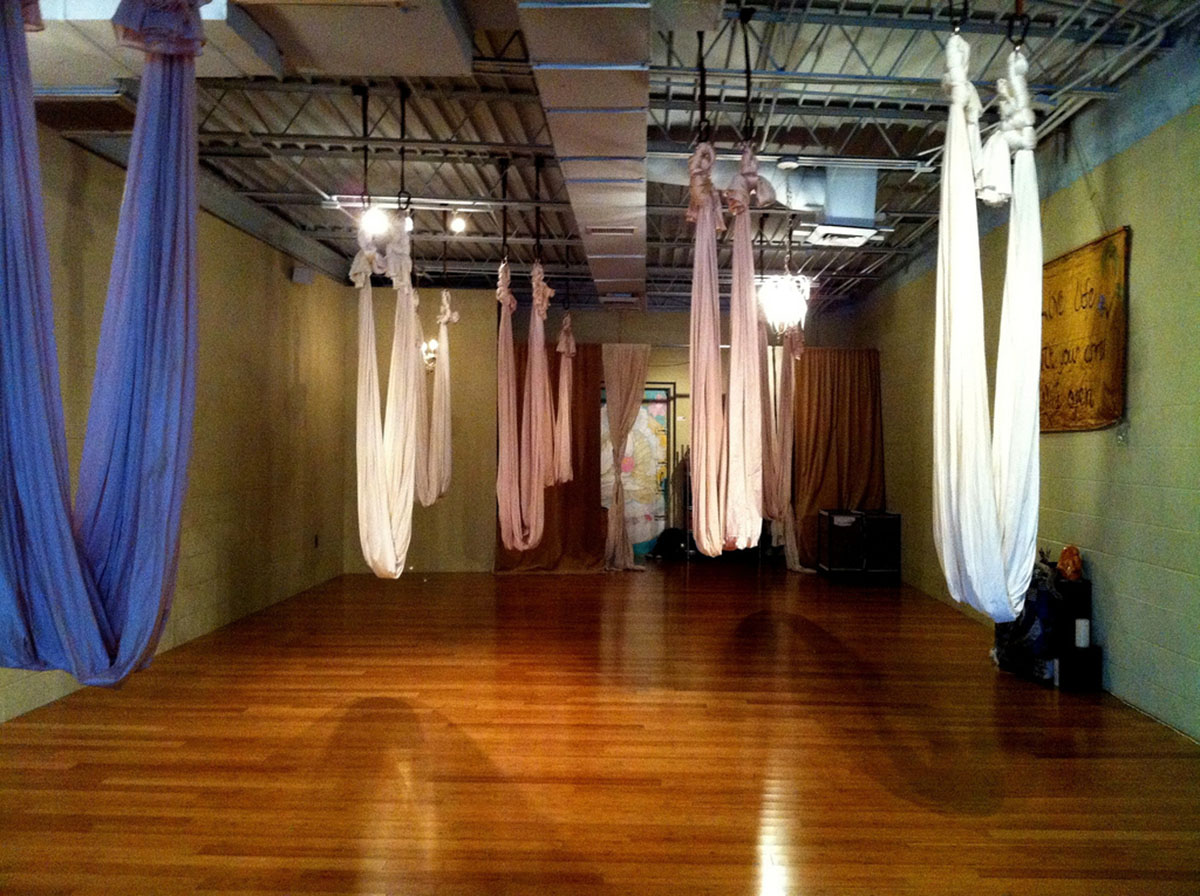Table of Contents
No-one knows exactly how old yoga is. It’s probably older than the Hindu religion, and its roots seem to go back at least 2500 years.
How many new yoga schools started during that time is also not known.

From hot yoga and power yoga to flow yoga by way of hybrids like yogalates and cardioga, it’s an ever-growing field.
What's Anti-Gravity Yoga?
The most recent to find fame is aerial yoga, or anti-gravity yoga. Aerial yoga is a form of yoga performed in a sling, and it’s really a fusion of yoga and a form of acrobatics, aerial silk or aerial ribbons. This is a form of acrobatics built around a broad, hammock-like sling. Aerial yoga uses a sling derived from that used in aerial silk and combines it with yoga poses and a yoga-like outlook on the training. Its inventor, Christopher Harrison, is a former aerial performer and Broadway choreographer, and aerial yoga also draws on Pilates and calisthenics.
In many ways, aerial yoga classes are no surprise to those who have attended a traditional yoga class. They tend to be about an hour to an hour and a half long and to begin and end with short periods of meditation, often performed in the hammock. The hammocks are usually securely suspended from the ceiling, using the same kind of hook that heavy bags or gymnastic rings are suspended from.
What follows is a mixture of yoga asanas and basic gymnastic movements, sometimes hard to distinguish from one another. Aerial straps lend themselves to movements like "skin-the-cats", turning yourself upside down, but they also permit people with less upper body strength or pre-existing injuries to perform some of the more radical inversions that yoga is famous for. If you can't stand upside down, maybe you can hang upside down, and aerial yoga is picking up a devoted following among people with pre-existing back injuries including arthritis and scoliosis, who find that being suspended lessens their symptoms.
The sling itself is a broad hammock, usually as broad as most participants are tall. Usually, it will be left rolled and treated as a kind of soft rope for much of the session, and some movements will be familiar to people who have used the TRX suspension system in their local gym. However, when it’s unrolled into its full glory the larger hammock can allow more complex or sophisticated poses and it obviously has some utility for people who want to develop more strength than traditional yoga necessarily tends to build.
See Also: Beginner's Guide To Yoga
Some experienced yogis who have tried aerial yoga report that there’s less emphasis on the breath than there is during a traditional yoga class, and aerial yoga can feel more like a workout, less like a trad yoga class. However, it does trade off and feed into traditional yoga practice — the strength, balance and mobility that come from yoga will help you get the most out of aerial yoga, and aerial yoga will help improve those attributes.
- Photo courtesy of ilovememphis via Flickr: www.flickr.com/photos/ilovememphis/6288671359
- Photo courtesy of LikeSpinningPlates via Flickr: www.flickr.com/photos/likespinningplates/15144850071

